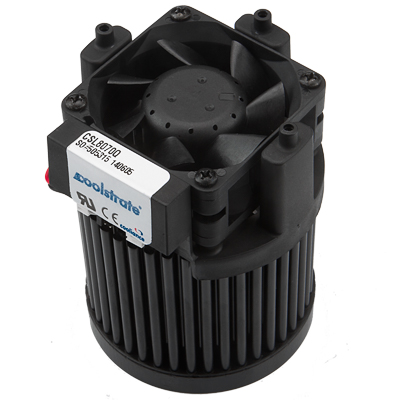Heatsink Fans

Now, depending on the type of electronic component being suited up for a thermal flow system, the heatsink - or heatsinks - used may possibly function as "passive", without fans. For many other thermal conduction systems, however, it is often necessary to design the heatsinks to work by forced convection. This means that air is actively being fanned over the cooling fins and thereby carrying the heated molecules off of the surface of the device so that heat dissipation occurs.
When choosing the right type of heatsink fans to install for a forced convection system, it is worth noting that manufacturers face a tough compromise between noise reduction and adequate cooling. Many consumers will in fact turn away from computers and other systems that create too much fan noise. In order to attain the highest level of cooling with, proportionately, the least amount of noise, it is always better to choose one larger heat sink fan rather than two smaller fans. This is because bigger fans are more efficient in terms of heatsink cooling.
When deciding the design of the heatsink fan, it is a good idea to go with a fan grille only if the fan is visible and accessible on the outside of the component. Internal fans - CPU fans, for example - do not need a grille that would only get in the way of airflow and create more noise.
For Your Next Project, Contact CoolianceToday!
High reliability thermal solutions & precision metal products.
